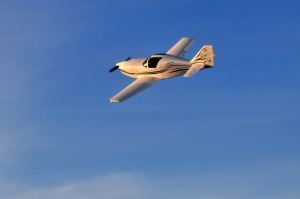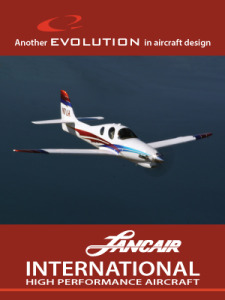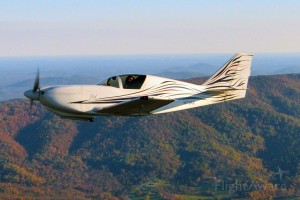Over a thousand hours of build time has gone into your aircraft. Many late nights out at the hangar and several seasons have passed, but the big day is finally here. Your pride and joy, your biggest accomplishment, is about to take its inaugural flight. Despite all your cross checks and due diligence, the nagging question is still in the back of your mind. Could something go wrong?
Many pilots mistakenly believe that there are no options for insurance coverage during the fly-off stage and settle for sub-par 3rd party liability programs. These programs do not include hull coverage, are limited in their available defense, have low property damage limits, and outdated bodily injury terms. While these programs are often the only option for non-registered aircraft, real aviation markets offer the best coverage for the majority of homebuilt aircraft.
From RVs to the Sonex, whether you’ve built a SeaRey or a Glasair, Aviation Insurance Resources (AIR) has your first flight solution. AIR works with all the aviation insurance markets, therefore, offering many options for insuring your first flight risk. Your AIR agent will go over with you the terms of each option for the fly-off stage of flight. A majority of these policies include hull coverage and industry standard liability limits.
AIR also offers a builders and restorers insurance program, designed to protect the aircraft during the building or restoring stage regardless of pilot experience and qualifications. Customized with your needs in mind, this new insurance plan offers flexible liability and hull coverage options.
“As a friend of many aircraft builders and as a homebuilt owner myself, I cannot imagine the devastation of losing an aircraft after hundreds of hours of work,” said Jon Harden, president and founder of AIR. “Our affordable program is worth it just for the peace of mind.”
Peace of mind is exactly what the agents and pilots provide at Aviation Insurance Resources. So, before you weld another joint or place another rivet, contact the pilots and agents at AIR! Call 877-247-7767 or submit a quote online today!









